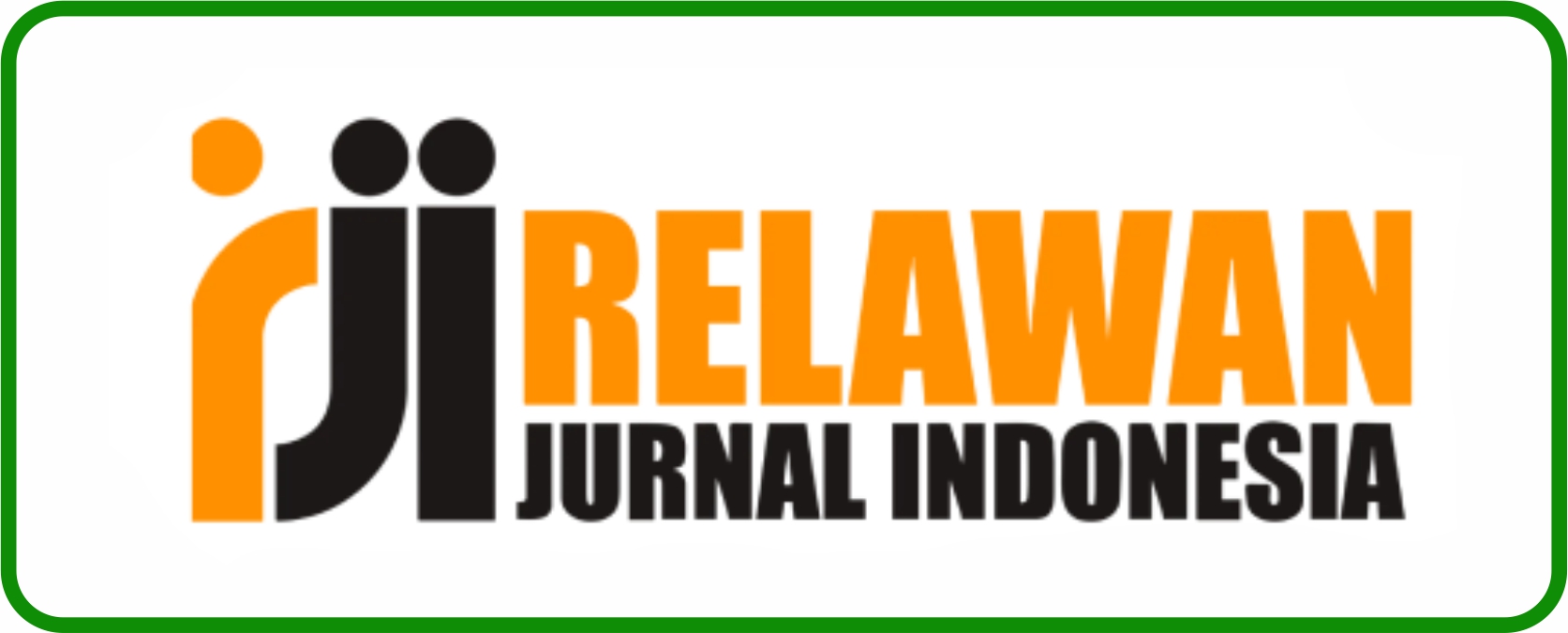Keterlibatan Karyawan dalam Pencapaian Tujuan Strategis
Employee Involvement in Achieving Strategic Goals
Keywords:
Employee Engagement, Organizational Strategy, Productivity, Work Culture, Strategic GoalsAbstract
The achievement of strategic organizational goals strongly depends on active employee engagement in the planning, execution, and evaluation of strategies. This article aims to conceptually examine the role of employee involvement in achieving organizational strategy, complemented by secondary data analysis to provide empirical support. The study adopts a descriptive-qualitative approach by reviewing academic literature and survey data related to employee engagement and organizational performance. The results show that high employee engagement correlates positively with the achievement of strategic objectives, especially in productivity, innovation, and employee retention. The article recommends improving internal communication, strategic training, and employee participation in decision-making processes as effective measures to enhance engagement.
Downloads
References
Bakker, A. B., & Demerouti, E. (2008). Towards a model of work engagement. Career Development International, 13(3), 209–223. https://doi.org/10.1108/13620430810870476
Deloitte Insights. (2023). 2023 Global Human Capital Trends. Deloitte Development LLC. Retrieved from https://www2.deloitte.com
Gallup. (2022). State of the Global Workplace: 2022 Report. Retrieved from https://www.gallup.com/workplace/349484/state-of-the-global-workplace-2022.aspx
Gruman, J. A., & Saks, A. M. (2011). Performance management and employee engagement. Human Resource Management Review, 21(2), 123–136. https://doi.org/10.1016/j.hrmr.2010.09.004
Johnson, G., Scholes, K., & Whittington, R. (2017). Exploring Strategy: Text and Cases (11th ed.). Pearson Education.
Kahn, W. A. (1990). Psychological conditions of personal engagement and disengagement at work. Academy of Management Journal, 33(4), 692–724. https://doi.org/10.2307/256287
Kaplan, R. S., & Norton, D. P. (2001). The Strategy-Focused Organization: How Balanced Scorecard Companies Thrive in the New Business Environment. Harvard Business Press.
Macey, W. H., & Schneider, B. (2008). The meaning of employee engagement. Industrial and Organizational Psychology, 1(1), 3–30. https://doi.org/10.1111/j.1754-9434.2007.0002.x
Schaufeli, W. B., Salanova, M., González-Romá, V., & Bakker, A. B. (2002). The measurement of engagement and burnout: A two sample confirmatory factor analytic approach. Journal of Happiness Studies, 3(1), 71–92. https://doi.org/10.1023/A:1015630930326
Yukl, G. (2013). Leadership in Organizations (8th ed.). Pearson Education.
Downloads
Published
How to Cite
Issue
Section
License
Copyright (c) 2025 Sugeng Sukoco, Fahmi Win Iranto

This work is licensed under a Creative Commons Attribution-NonCommercial-ShareAlike 4.0 International License.










